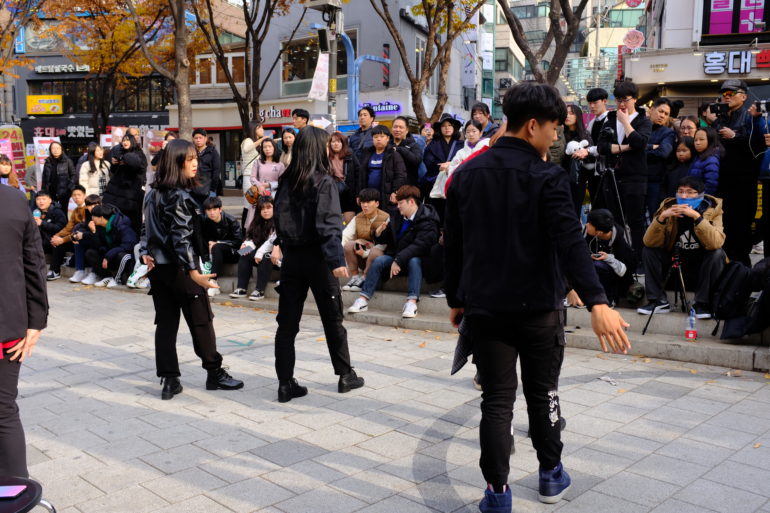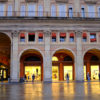K-pop has spread all over the world, but in no city can you feel its influence more than in Seoul. There, you can see billboards featuring famous singers, shops selling branded merchandise, and signs seeking the industry’s next star.
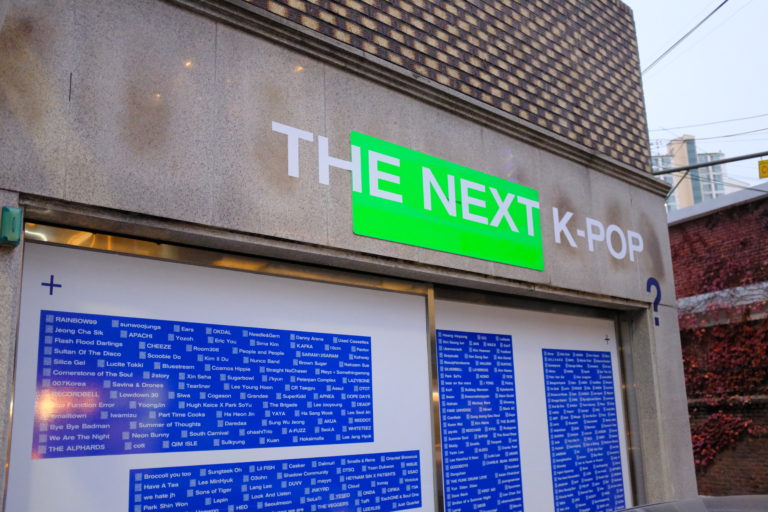
More than that, however, South Korea’s capital creates public spaces that go hand-in-hand with its culture of K-pop. Live performance is an important part of K-pop, and groups of singers and dancers often perform in hopes of getting discovered.
Because of this, some neighborhoods like young and creative Hongdae designed specialized areas specifically for busking. Sometimes referred to as busking zones, these are mini-stages set aside for performances.
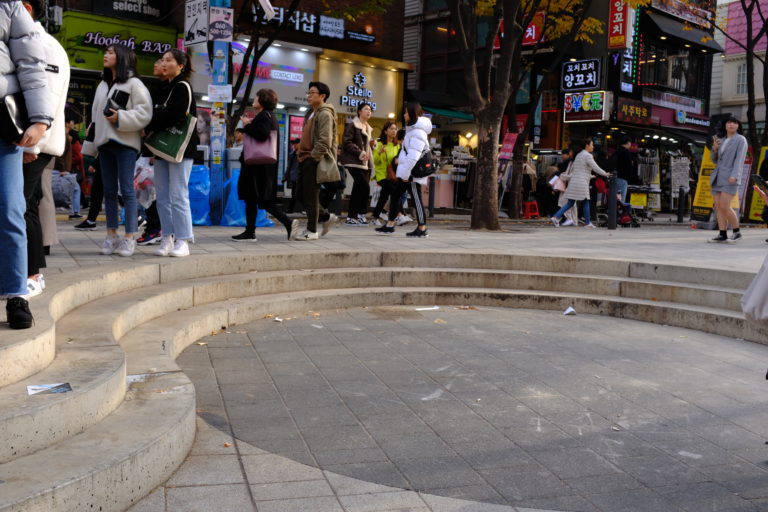
Artists can perform in the center, while onlookers can sit or stand around the circle and watch. With a plaza having a few busking zones in a row, multiple performances can take place at the same time.
Busking zones create a subtle but impactful shift in perception. In other cities, buskers rarely get a dedicated area to perform. They often pick a spot on a sidewalk or in a subway station and people walk around them, perhaps watching for a moment before continuing on their way. Implicitly, the street belongs to the pedestrian, and the performer is a guest.
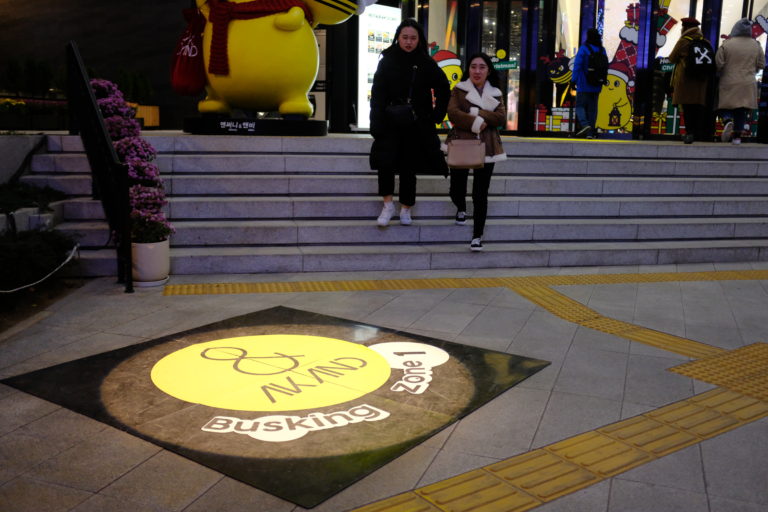
In Seoul’s busking zones, a separate space is established for the performer, and when people watch, they gather around this space. Performances feel less impromptu and more intentional.
The difference in how Seoul’s public spaces are designed is important. By creating these spaces for performances, the city provides an infrastructure for a culture of K-pop and live performance to thrive.

